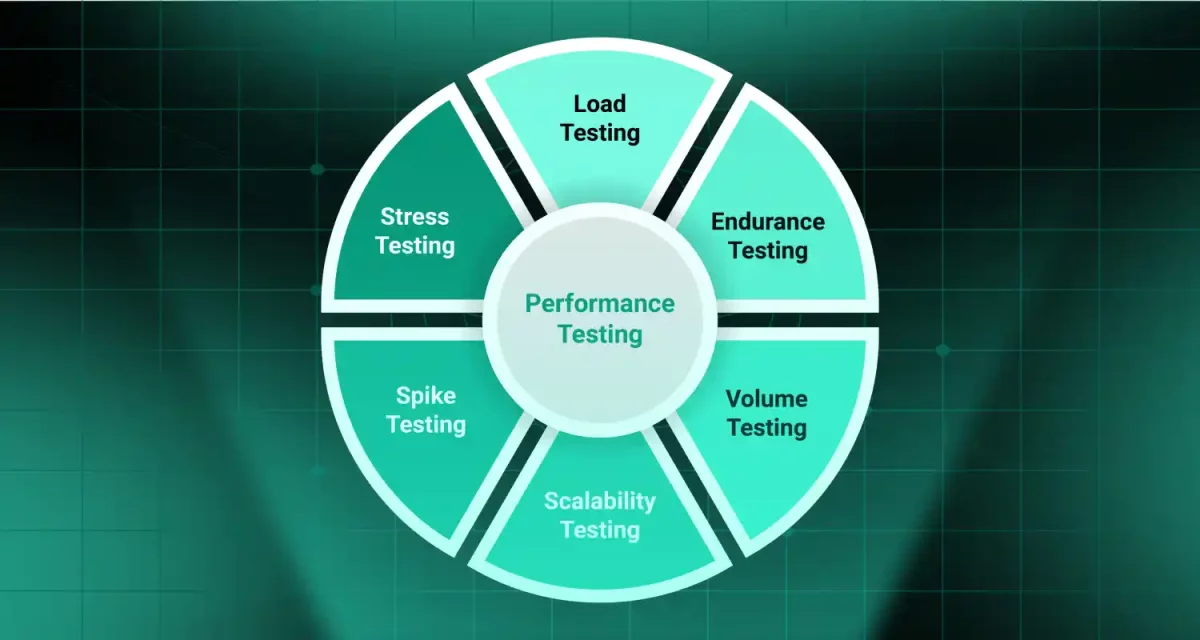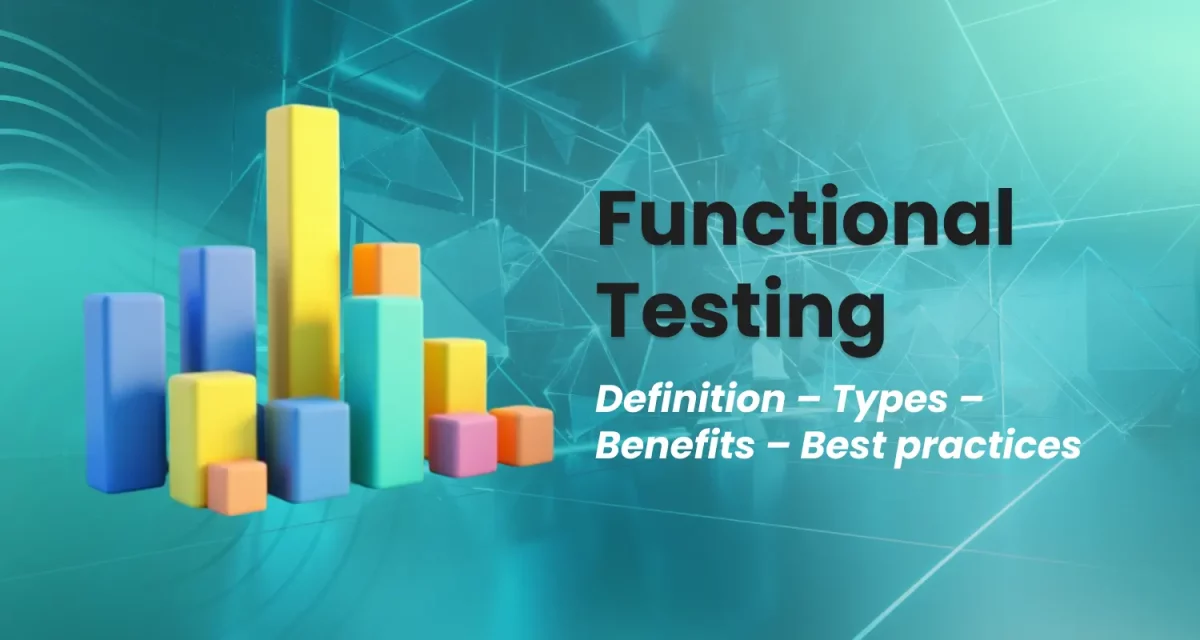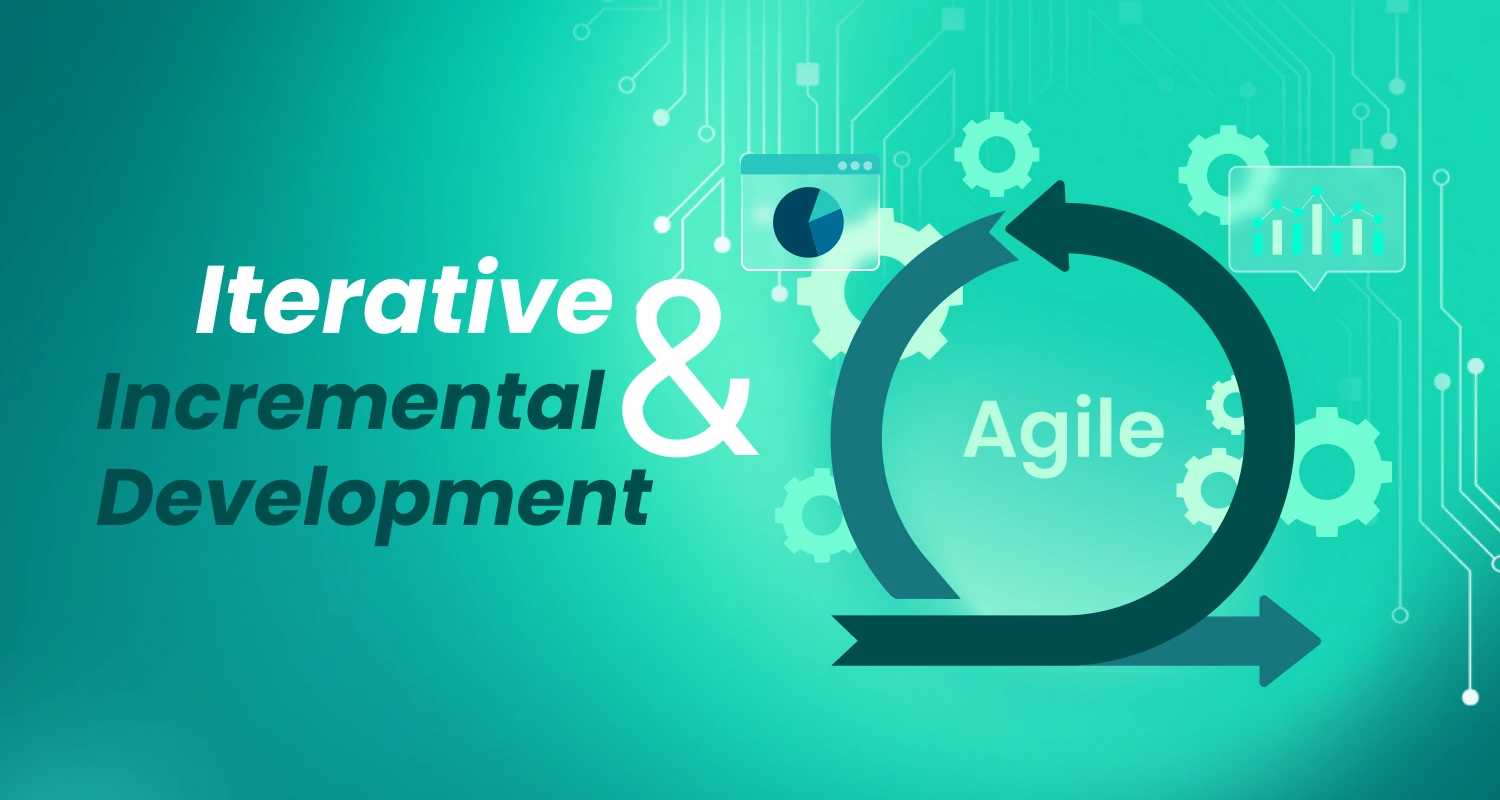 Software development is constantly evolving, and sticking to rigid, traditional methods can slow teams down. That’s why modern development relies on iterative and incremental development, two core approaches that help teams build software faster, improve quality, and adapt to change.
Software development is constantly evolving, and sticking to rigid, traditional methods can slow teams down. That’s why modern development relies on iterative and incremental development, two core approaches that help teams build software faster, improve quality, and adapt to change.
In this article, we’ll break down iterative and incremental development, explore their differences, benefits, and real-world applications, and show how leading companies like Spotify, Netflix, and Amazon use them to stay ahead.
1. What is iterative and incremental development?
To build great software, teams need a process that balances speed, flexibility, and quality. That’s where iterative and incremental development come in. While these approaches are often used together in Agile methodologies, they have distinct differences that shape how software evolves.
1.1 What is iterative development?
Iterative development is all about refining and improving a product through repeated cycles, or iterations. Instead of building everything at once, teams start with a basic version, test it, gather feedback, and make improvements in each cycle. Think of it like sculpting – a rough shape is formed first, then refined with each iteration until it’s polished.
- Example: A team developing a new app might first release a basic prototype, then gradually enhance features, design, and performance based on user feedback.
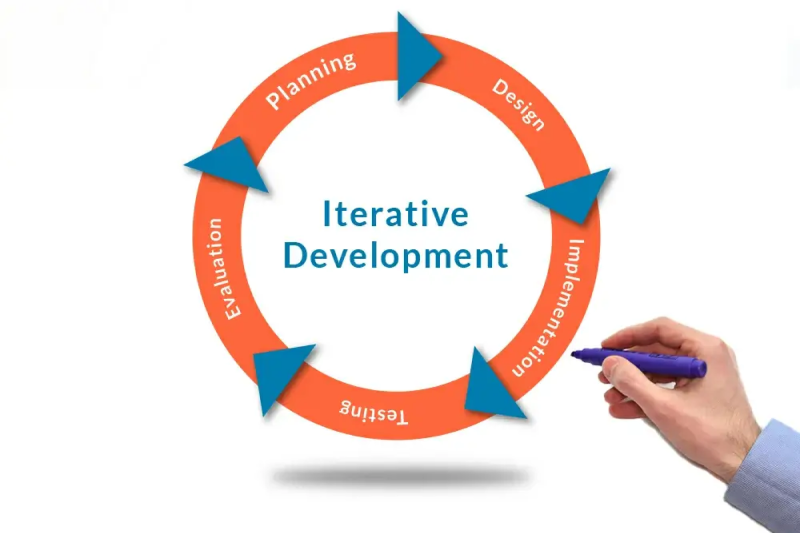
1.2 What is incremental development?
Incremental development focuses on delivering small, functional parts of a product one by one. Each increment is a complete, working section that can be used and tested independently. Instead of refining the entire product at once (as in iterative development), teams build and release features step by step.
- Example: A streaming service might first launch with only video playback, then add features like subtitles, offline mode, and recommendations in later increments.
Both approaches improve flexibility and reduce risk, but they work differently. So, how do they compare, and when should you use one over the other? Let’s explore their key differences.
2. Key differences between iterative vs incremental development
Now that we understand the basics of iterative and incremental development, it’s important to see how they differ. While both approaches focus on breaking a project into smaller parts, they have distinct ways of handling progress, delivery, and risk management.
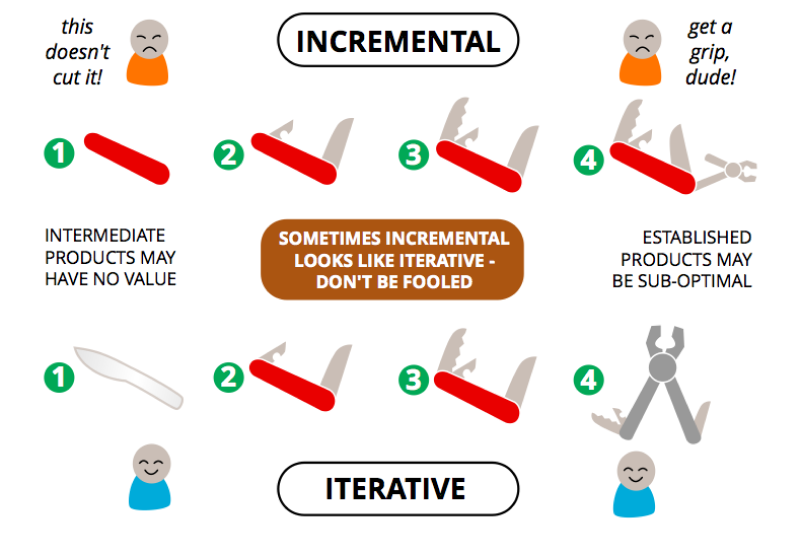
2.1 Development process
- Iterative development starts with a basic version of the product and improves it over multiple cycles. Each iteration refines existing features based on feedback.
- Incremental development delivers complete, functional components step by step. Each increment adds new capabilities without altering what was built before.
- Example: If you’re developing a mobile banking app, an iterative approach might launch a basic version with limited functionality and gradually refine its UI, performance, and features. In contrast, an incremental approach would first deliver the login system, then add fund transfers, then bill payments, each as a fully developed feature.
2.2 Delivery approach
- Iterative: The product is always evolving, with each iteration improving the entire system.
- Incremental: The product grows feature by feature, with each new addition being a fully working unit.
Think of it like painting a picture:
- Iterative: You start with rough outlines, then gradually refine details, shading, and colors until the final masterpiece emerges.
- Incremental: You fully complete one section at a time—first the background, then the characters, then the details—until the entire painting is done.
2.3 Risk management
- Iterative development helps uncover design flaws, usability issues, or technical constraints early, reducing long-term risks.
- Incremental development lowers delivery risks by ensuring that completed parts are fully functional before moving on.
2.4 Best use cases
- Iterative development is ideal when the final product vision is clear, but details need refinement over time (e.g., AI-powered apps, UX design improvements).
- Incremental development works best when different features can be delivered separately (e.g., e-commerce platforms, modular enterprise software).
3. Benefits of iterative and incremental development in Agile
Agile thrives on flexibility, fast feedback, and continuous improvement, which is why iterative and incremental development fit so well within its framework. By combining these approaches, teams can create better software while minimizing risks and delays.
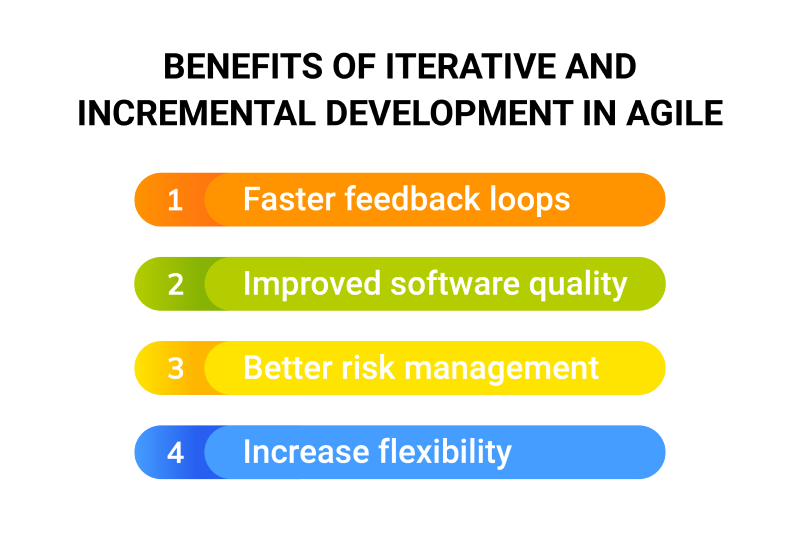
3.1 Faster feedback loops
Agile encourages teams to test, refine, and improve products quickly. Iterative development allows for continuous adjustments based on user input, while incremental development ensures that usable features reach customers faster.
- Example: A food delivery app team can release a basic ordering system first, gather feedback, and refine it in iterations while simultaneously adding new increments like live tracking and restaurant reviews.
3.2 Improved software quality
Since iterative development focuses on constant refinements, bugs and usability issues are detected and resolved early. Meanwhile, incremental development ensures that each released feature is fully functional and tested, reducing system-wide failures.
- Example: In a cloud storage platform, an iterative approach can enhance encryption security over time, while incremental development ensures that new features (like file sharing or version history) work flawlessly before release.
3.3 Better risk management
By delivering small, manageable updates, teams can address problems early instead of waiting until the entire project is complete. This reduces the chances of major failures, costly fixes, or wasted effort.
- Example: A healthcare software team developing an electronic medical records system can first launch a basic patient info module, ensuring compliance with regulations before expanding to prescription tracking and appointment scheduling.
3.4 Increase flexibility
Markets change, customer needs evolve, and software must keep up. Iterative and incremental development allow teams to adapt quickly without overhauling the entire system.
- Example: A social media platform can release an initial version of its video-sharing feature and refine it based on user trends, instead of committing to a fully built but outdated model.
4. Conclusion
Iterative and incremental development are essential strategies for delivering high-quality products quickly and efficiently. By adopting these approaches, Agile teams can respond to change, enhance collaboration, and improve product quality, all while managing risks and staying aligned with customer needs.



